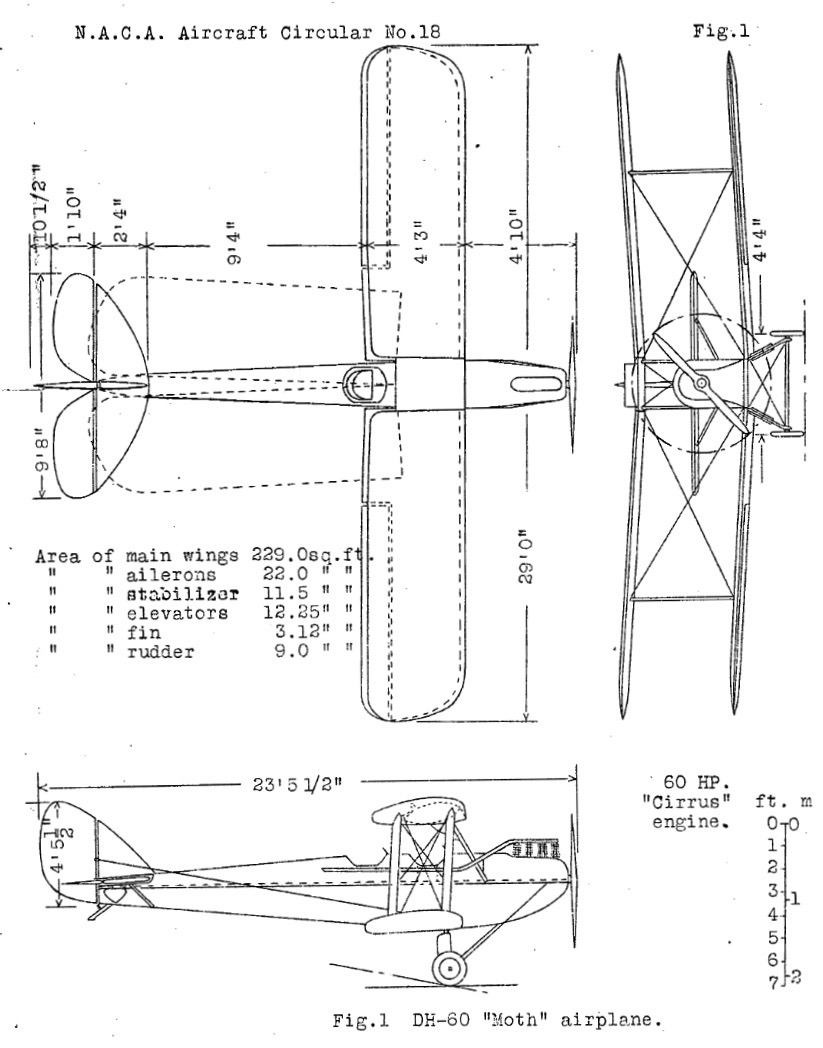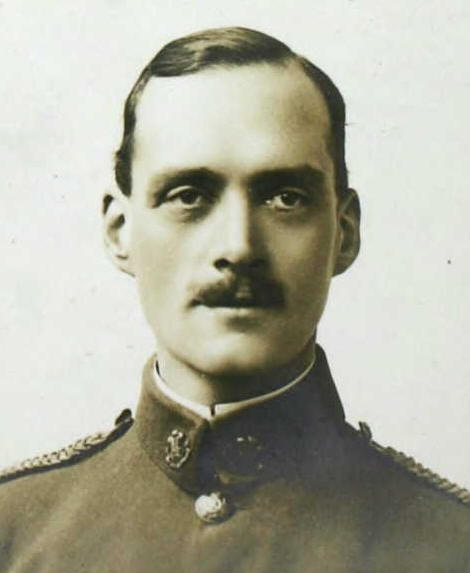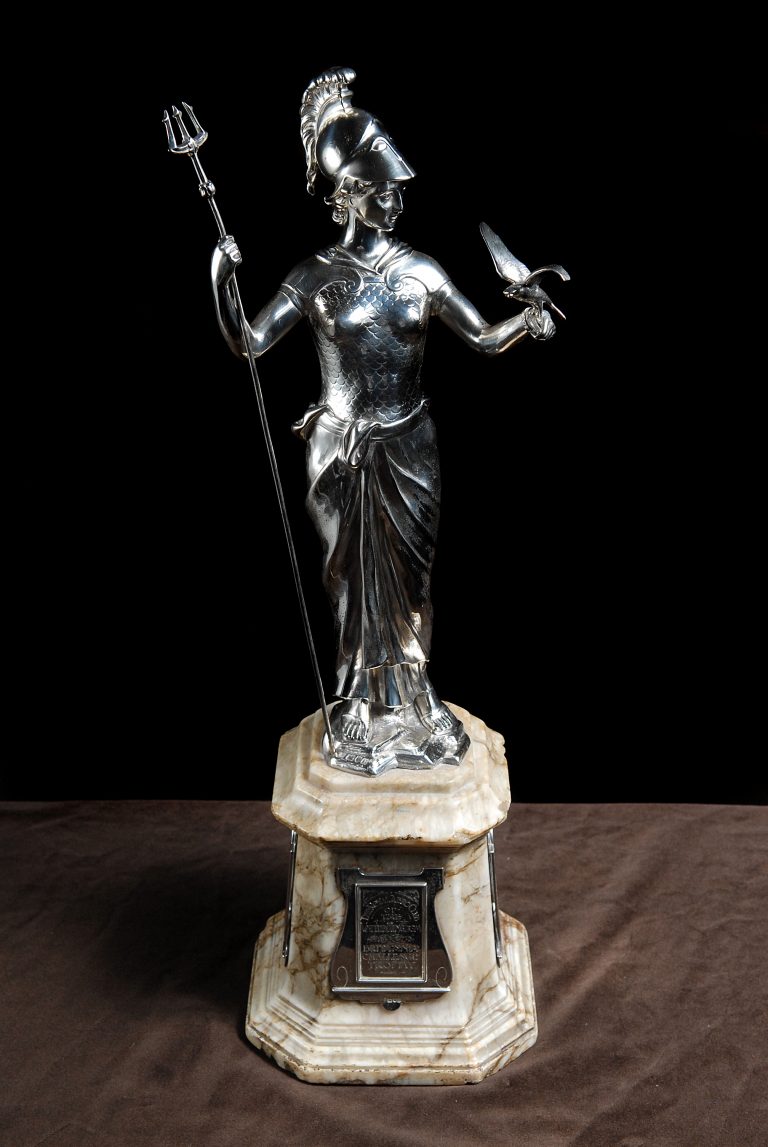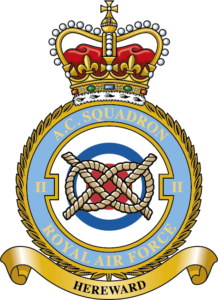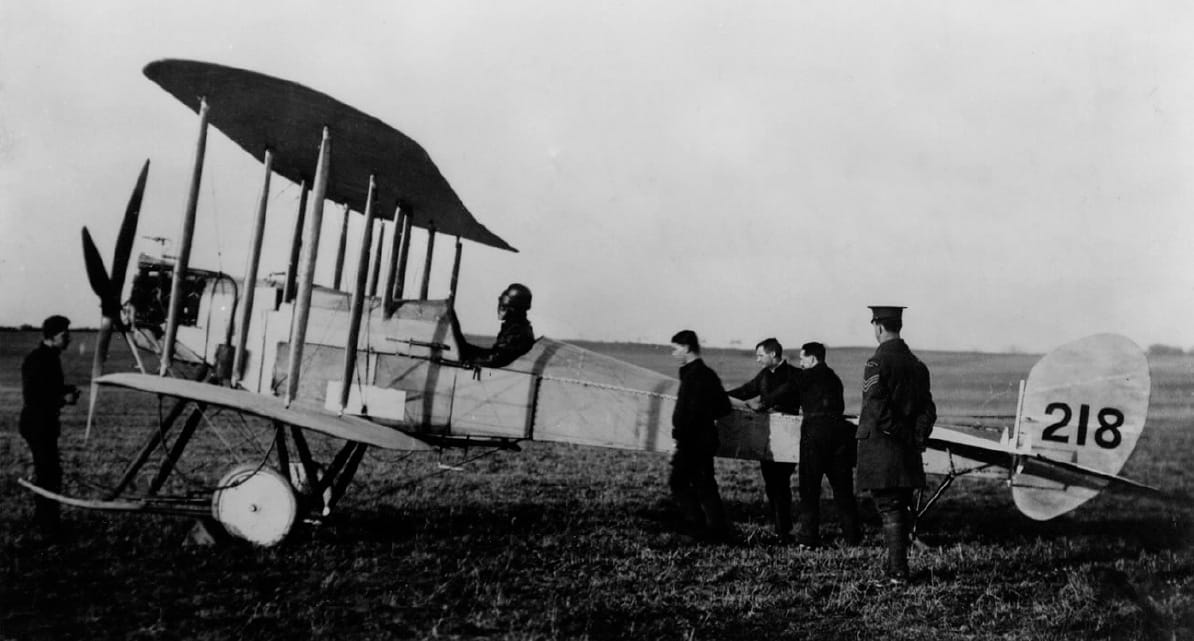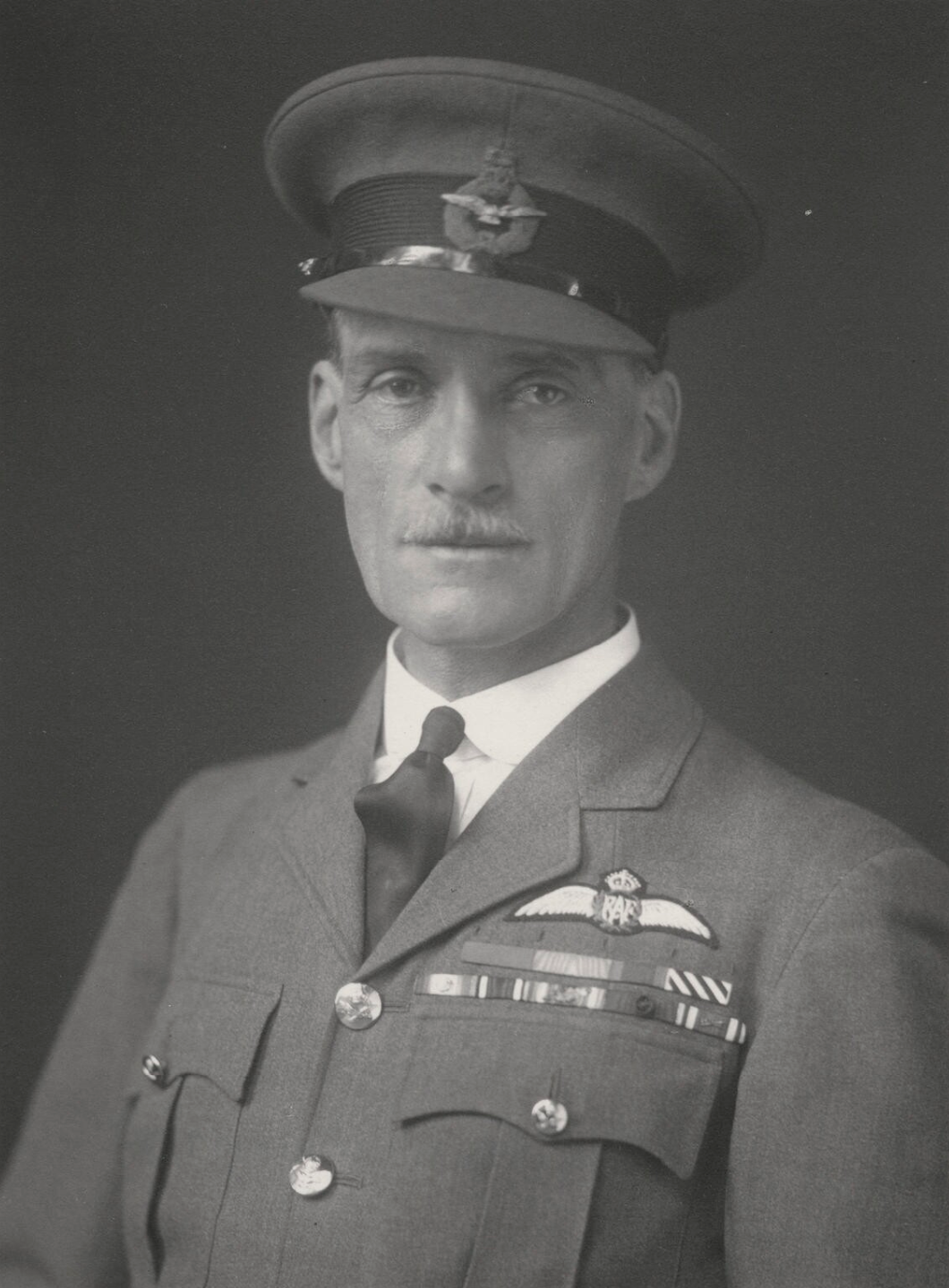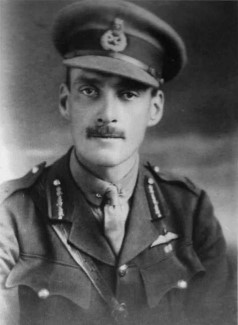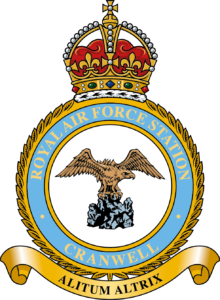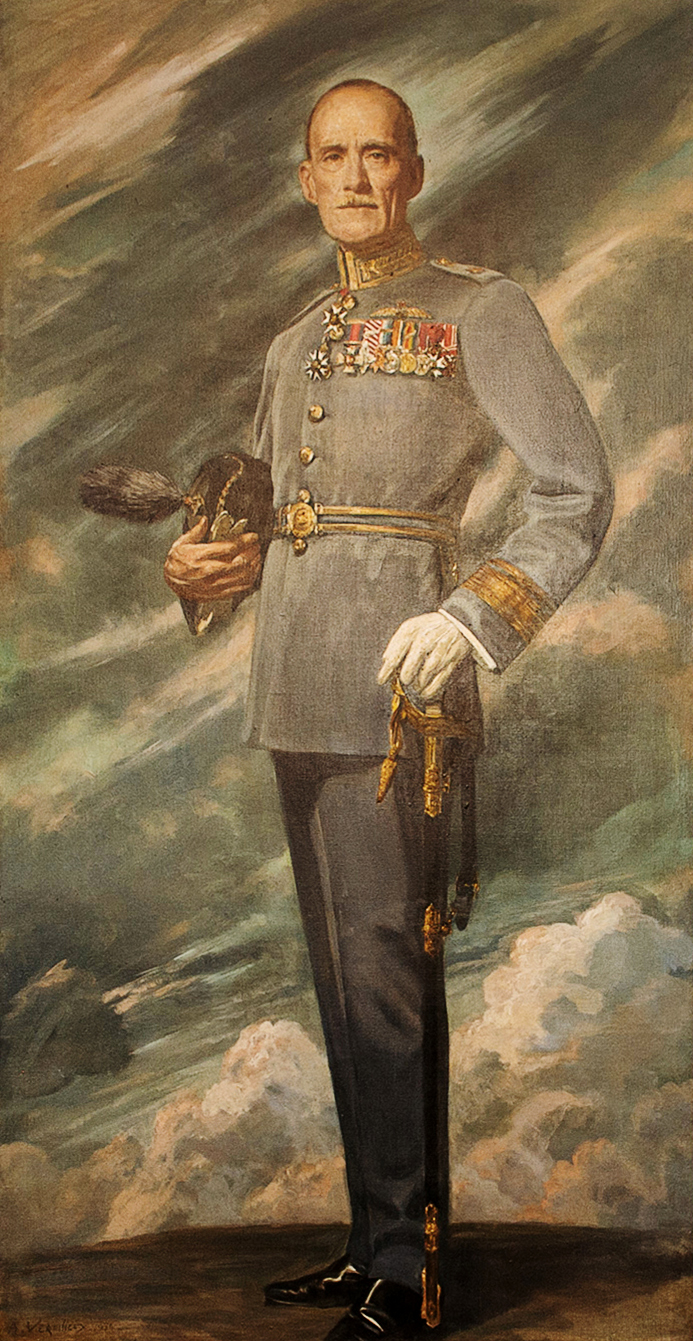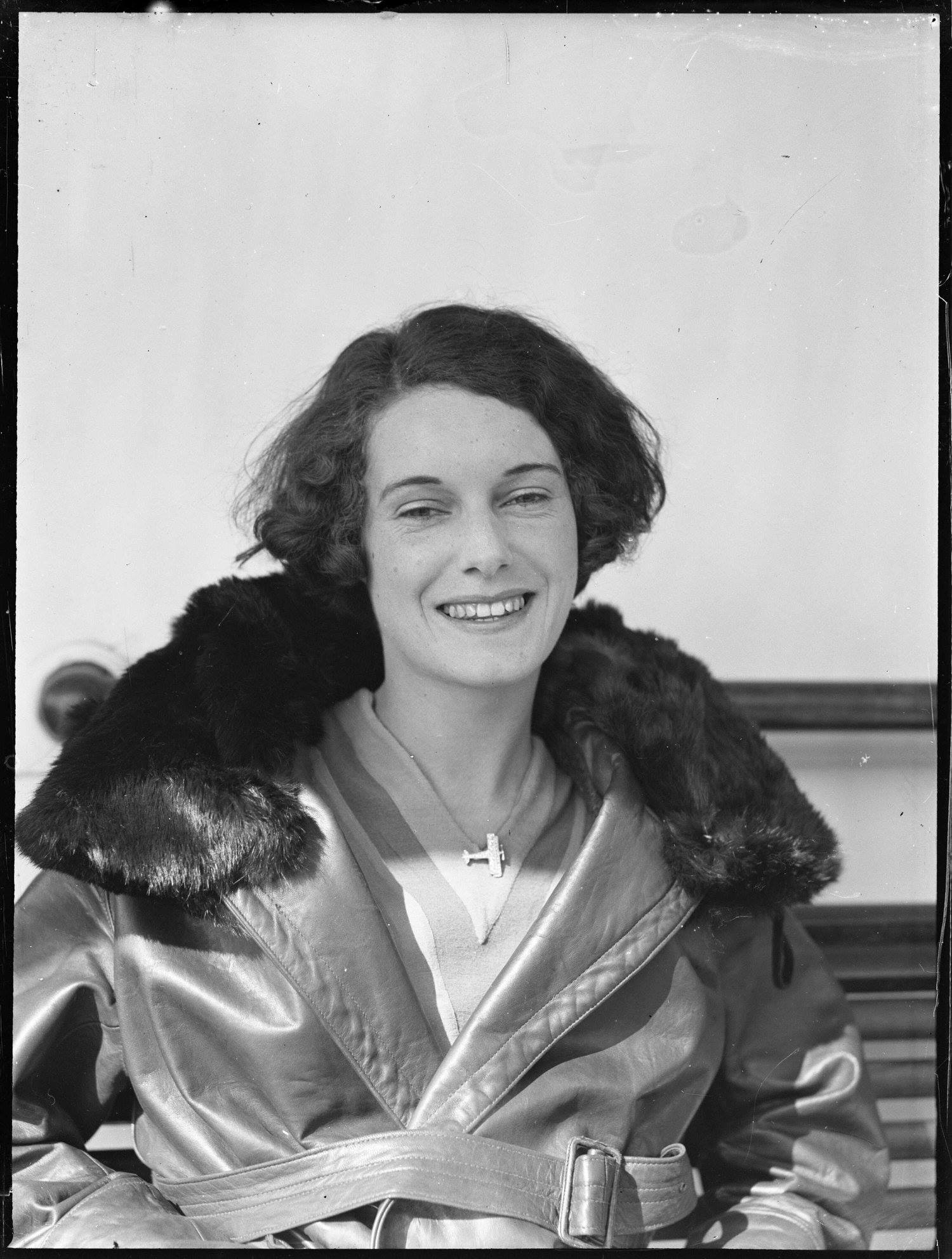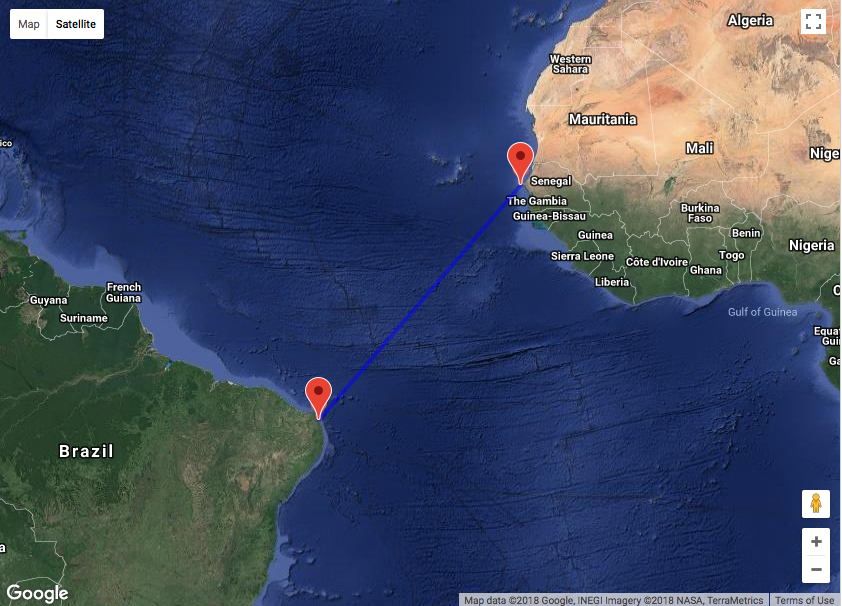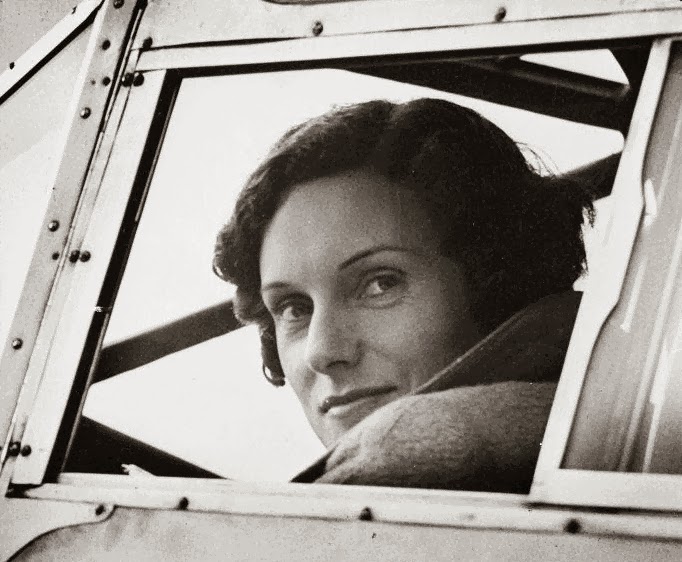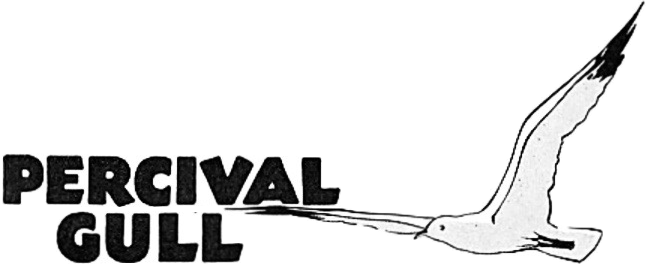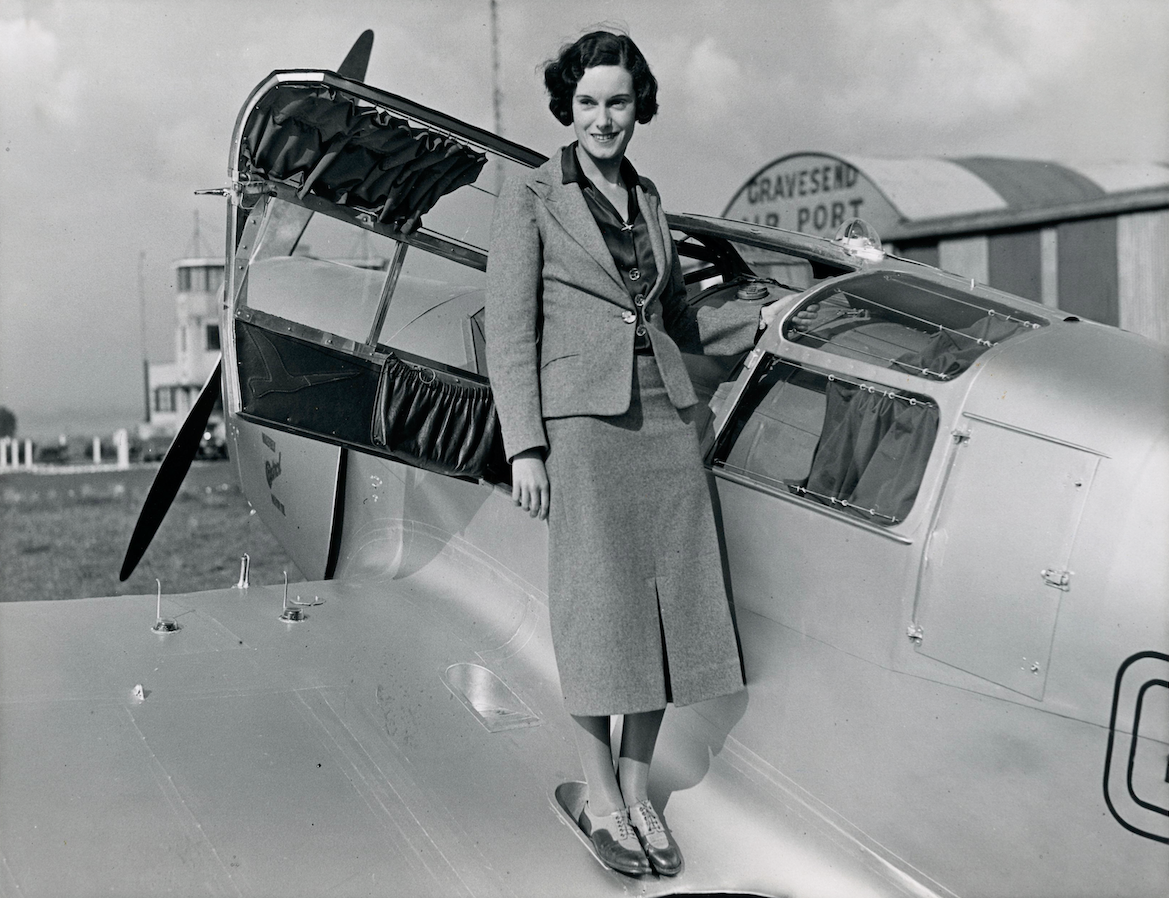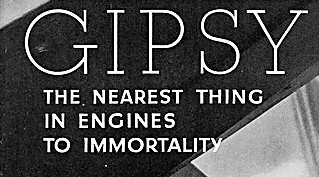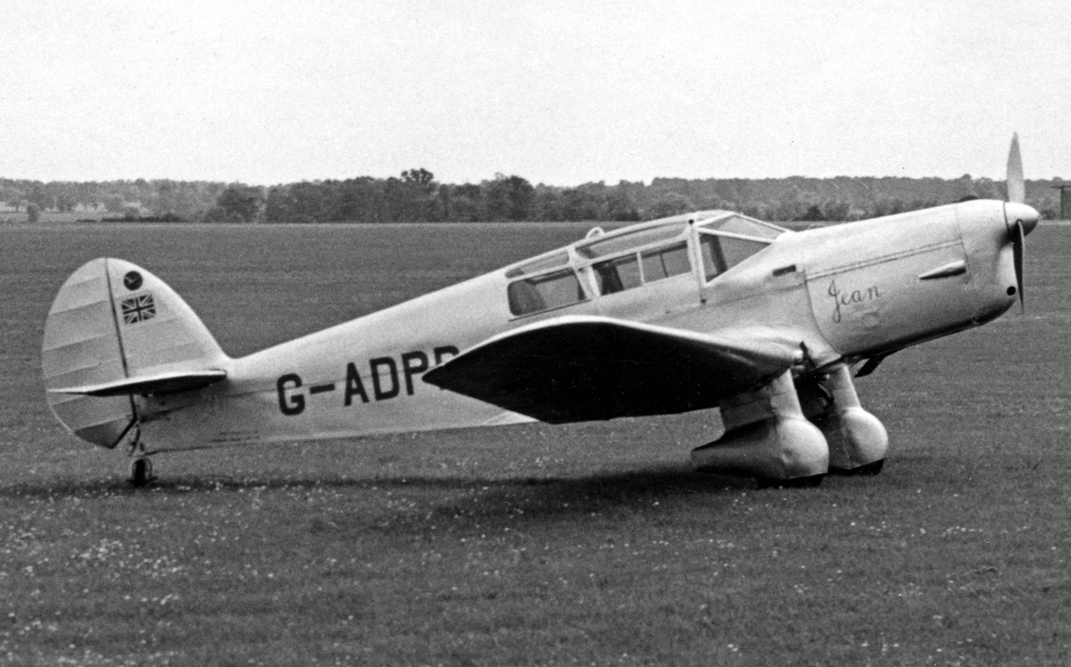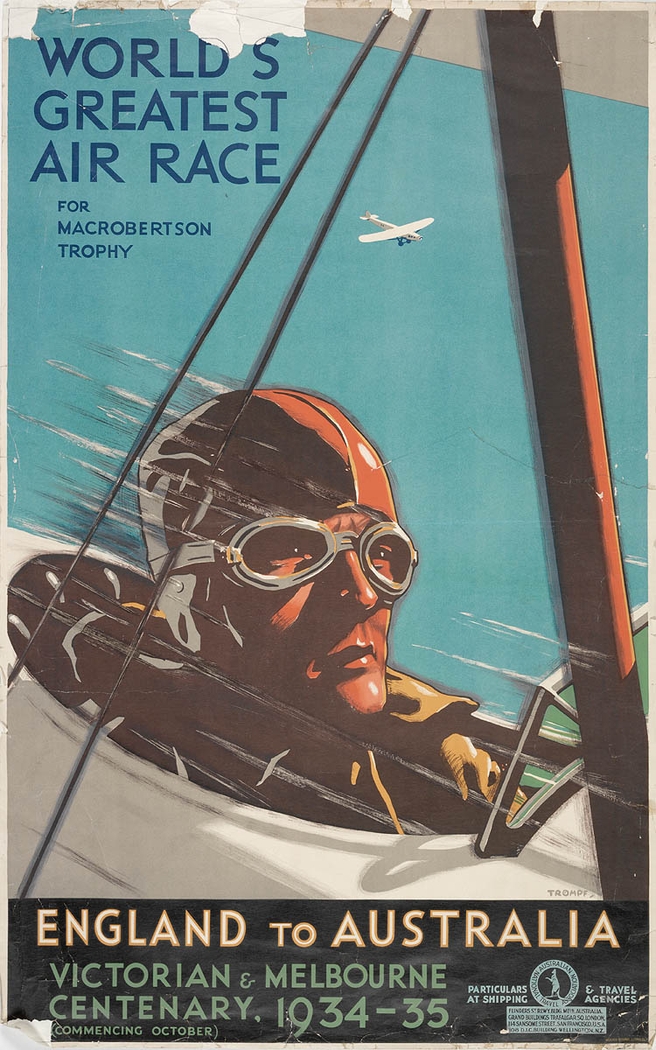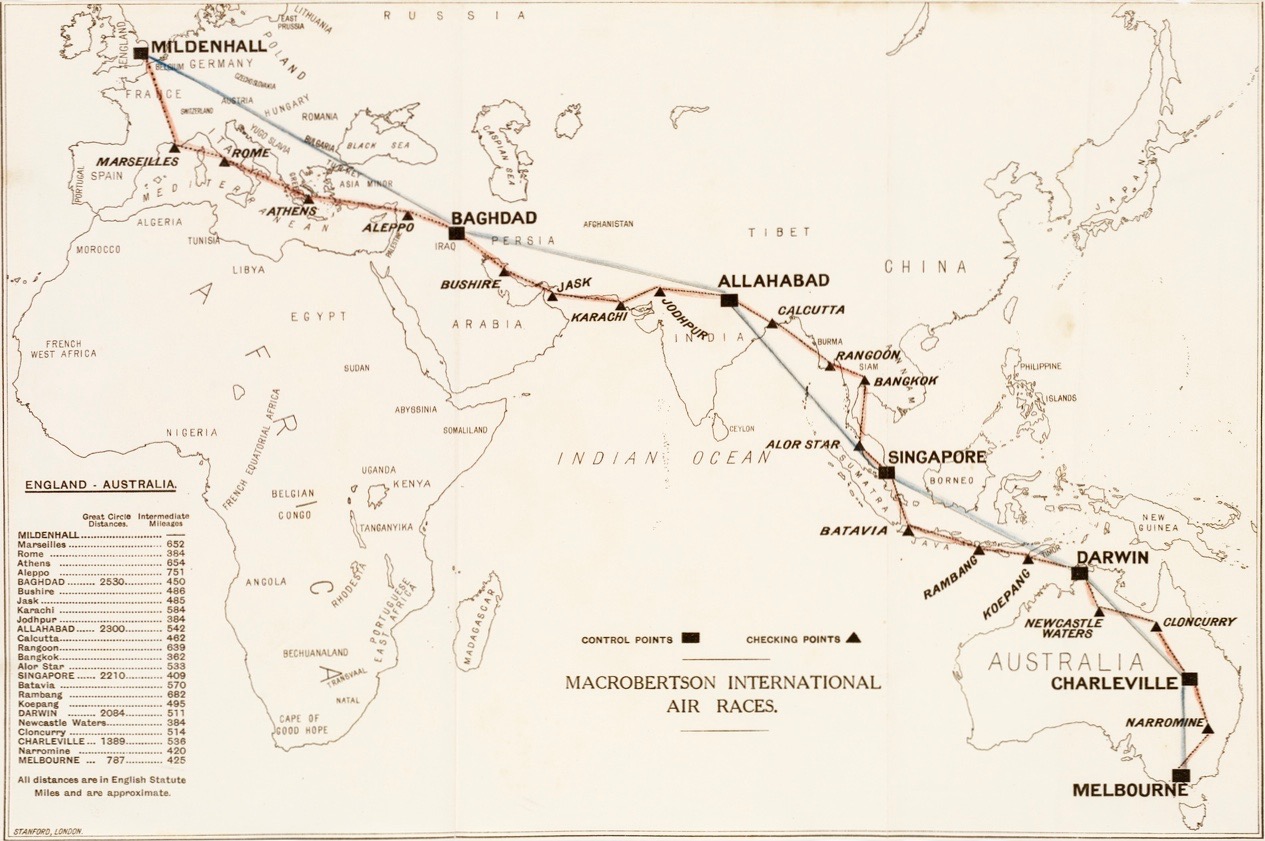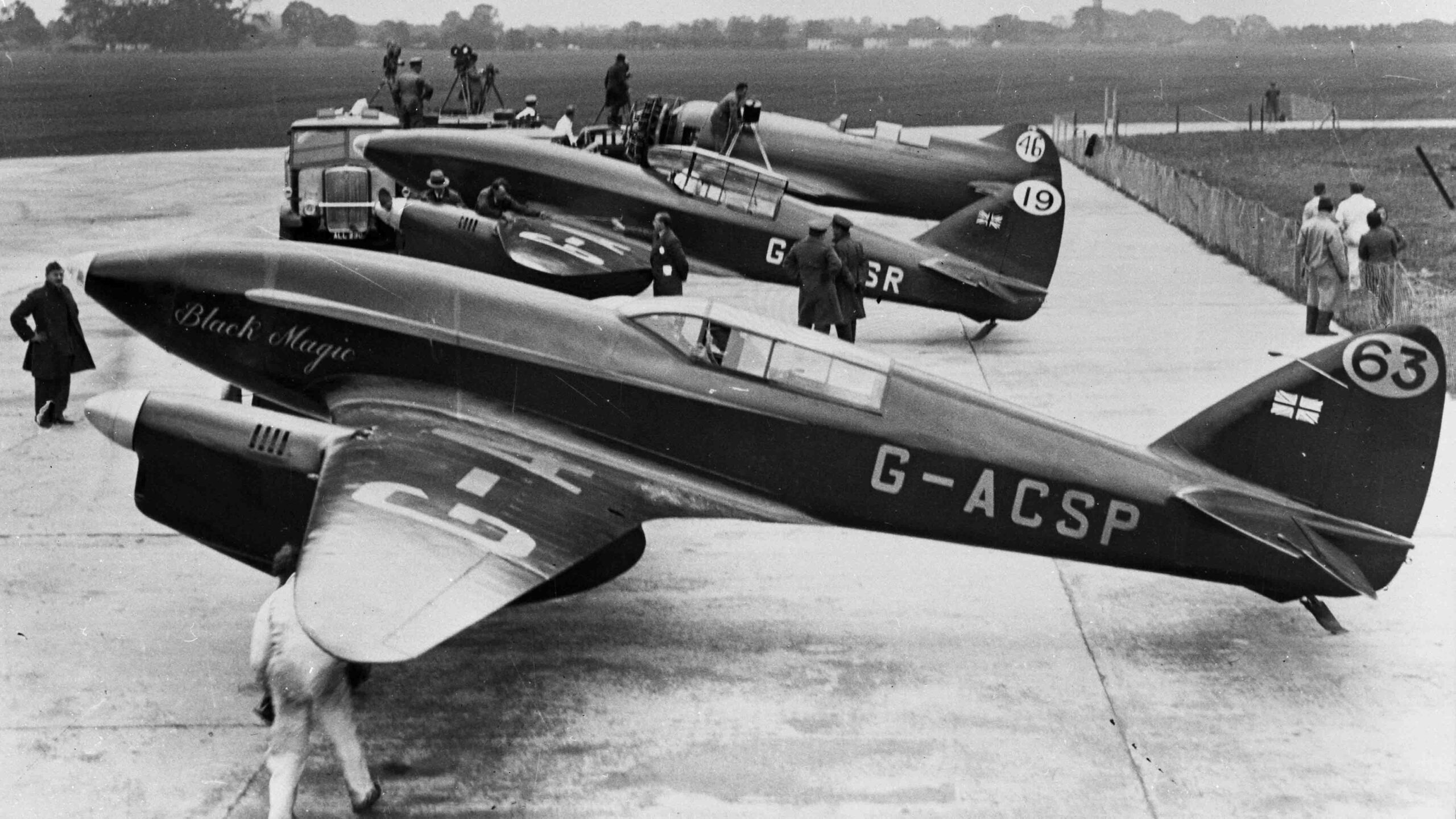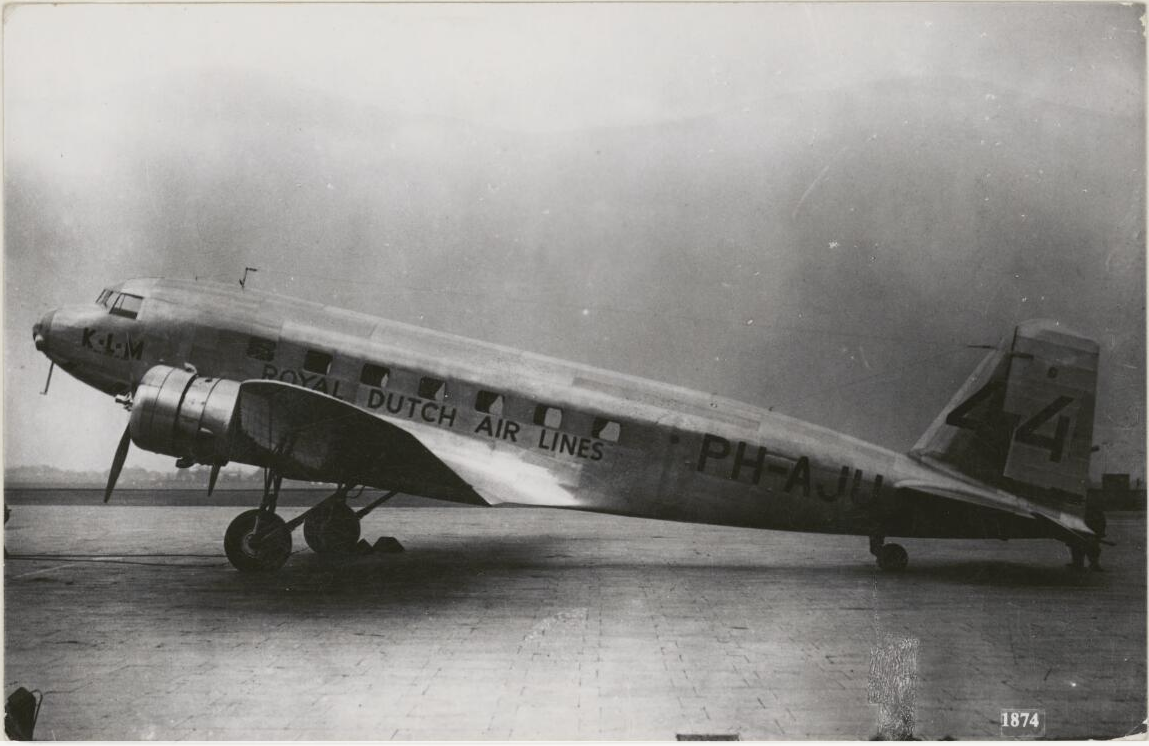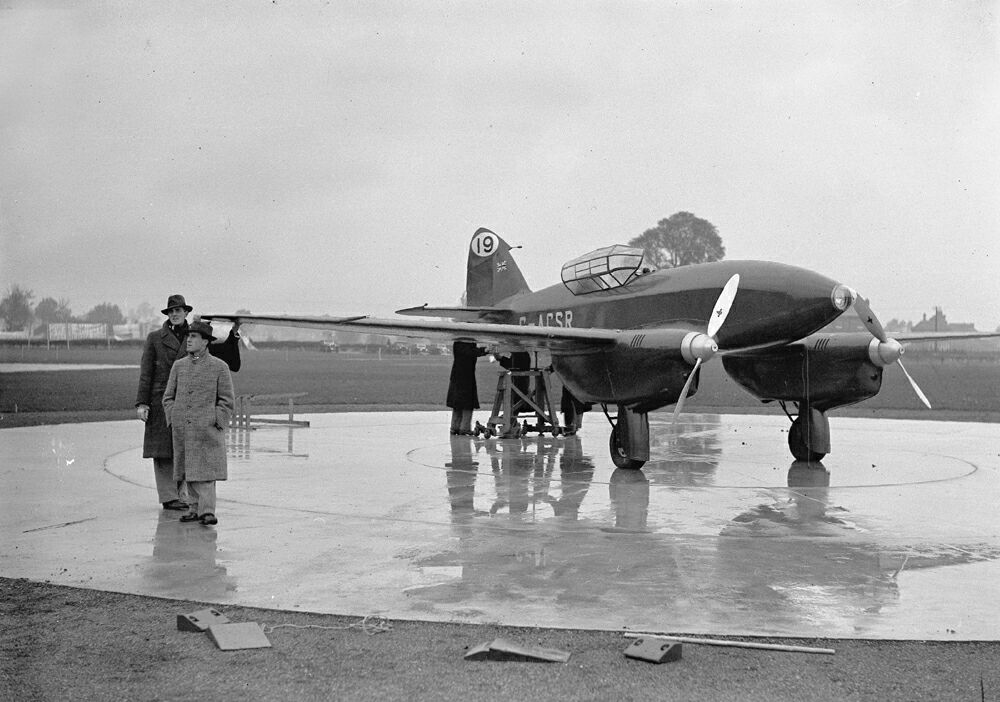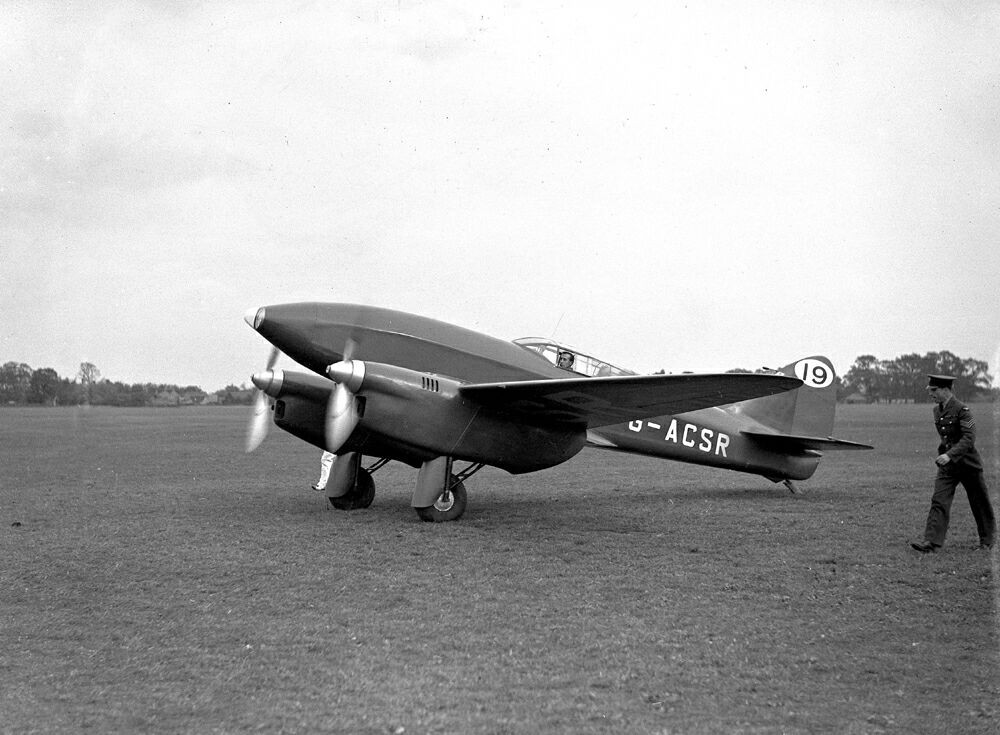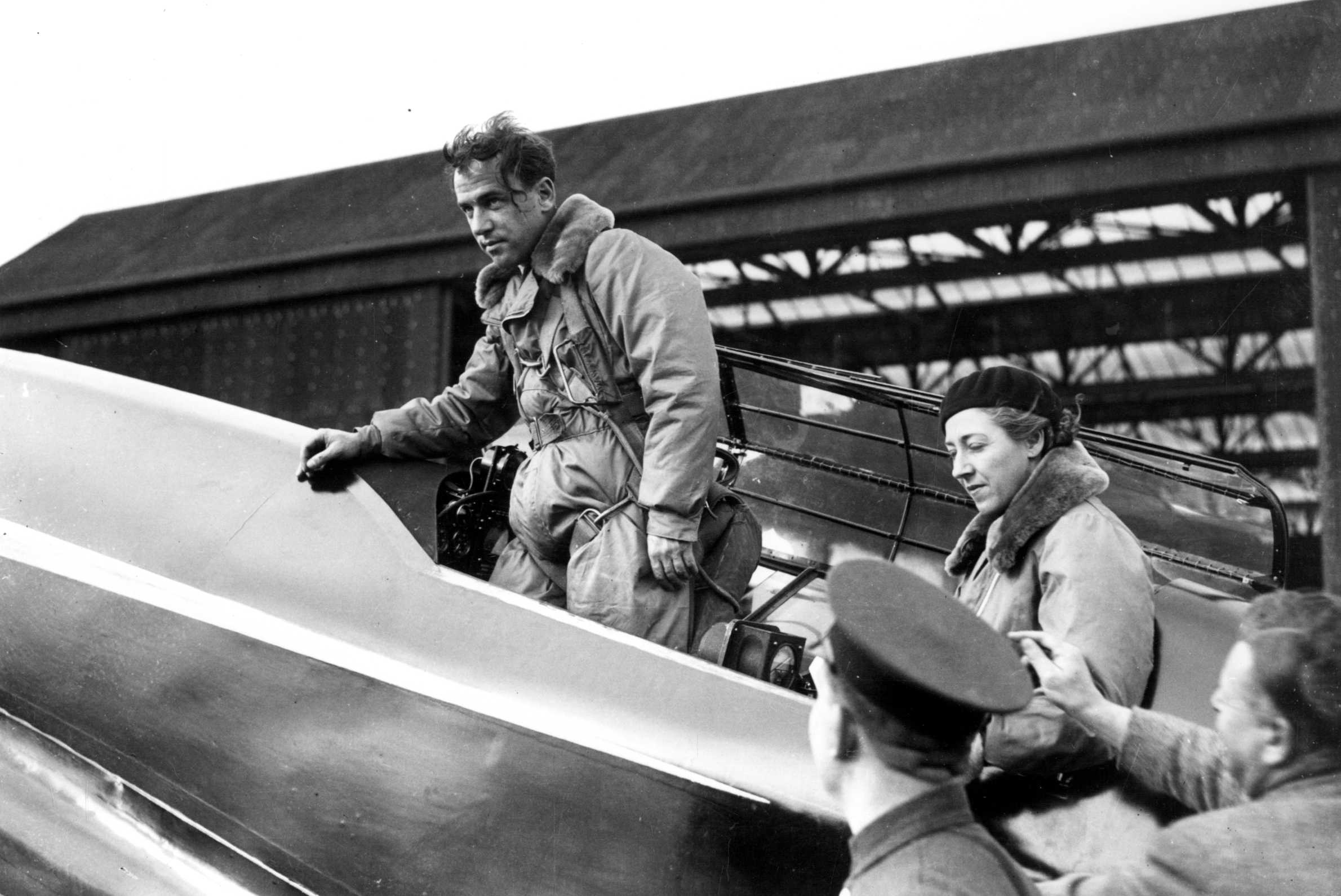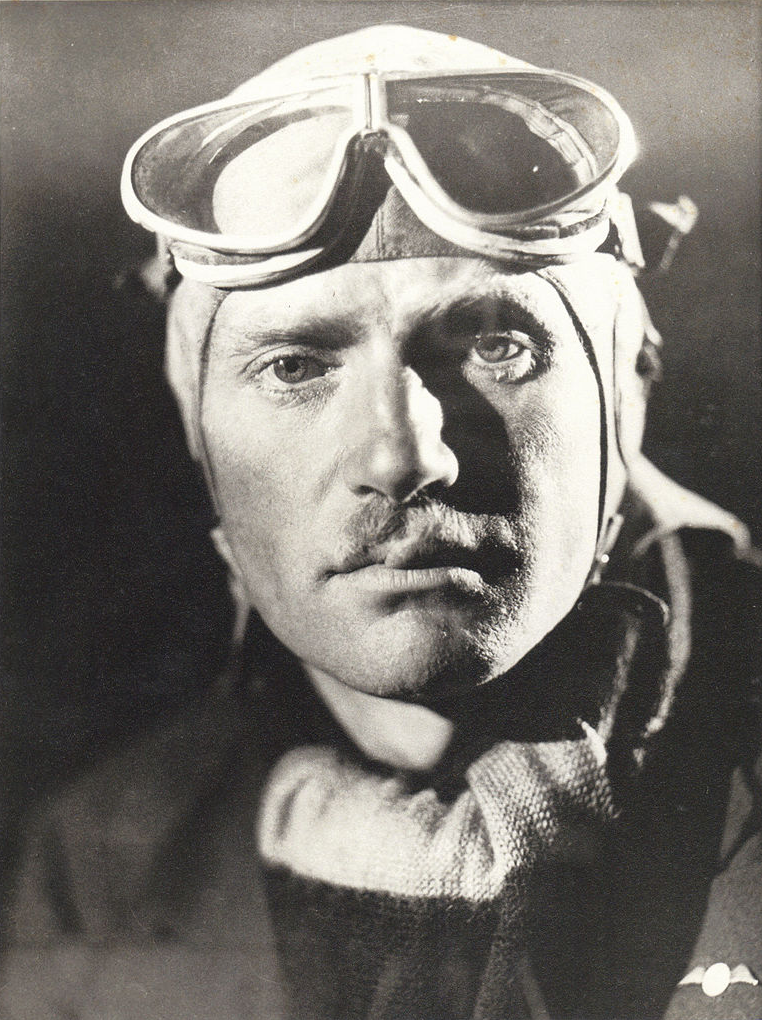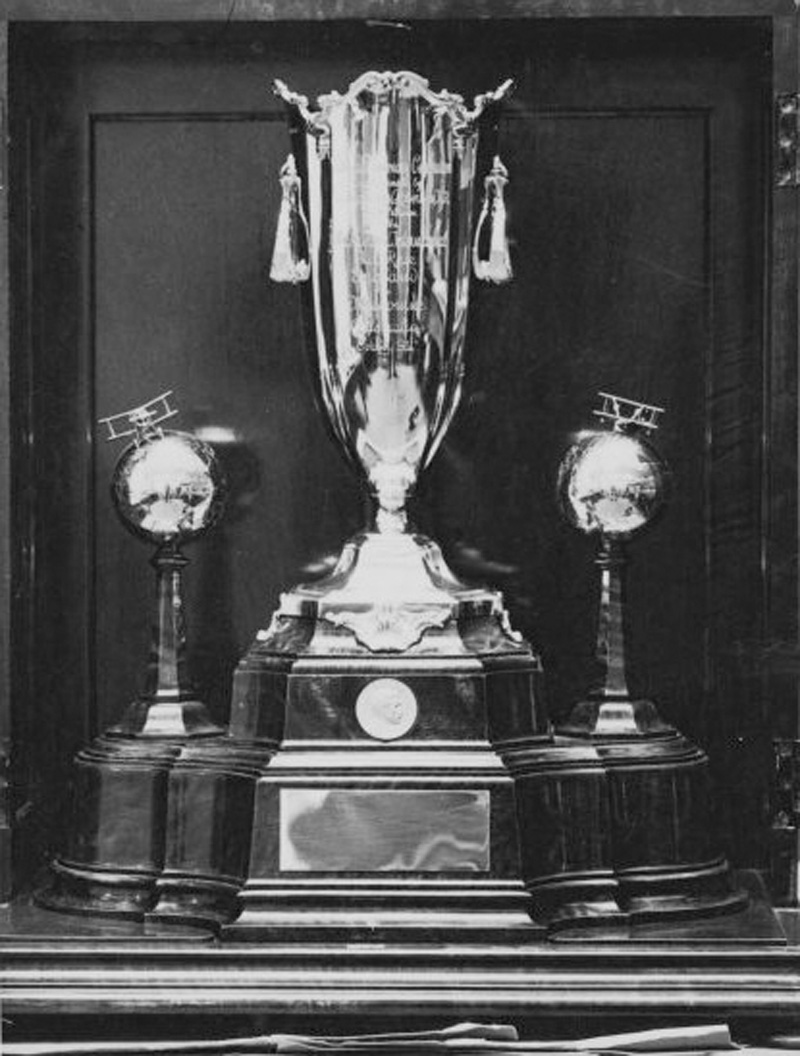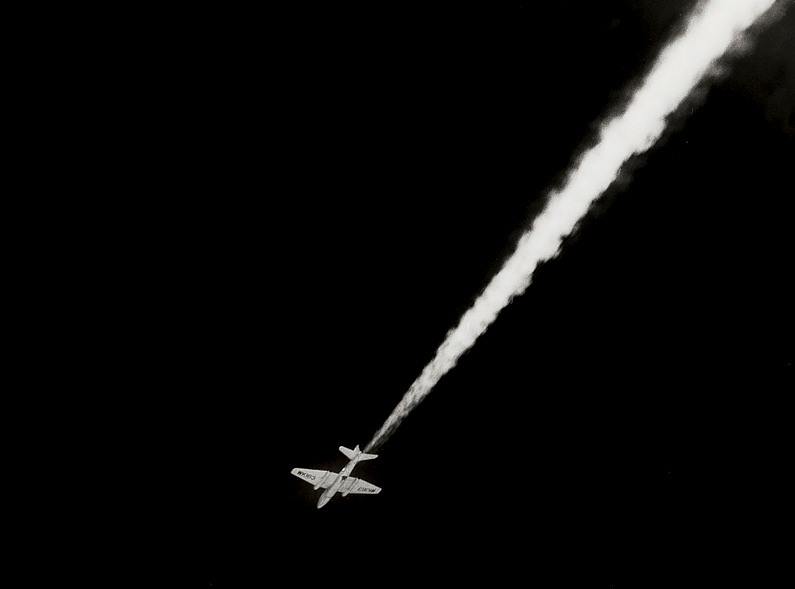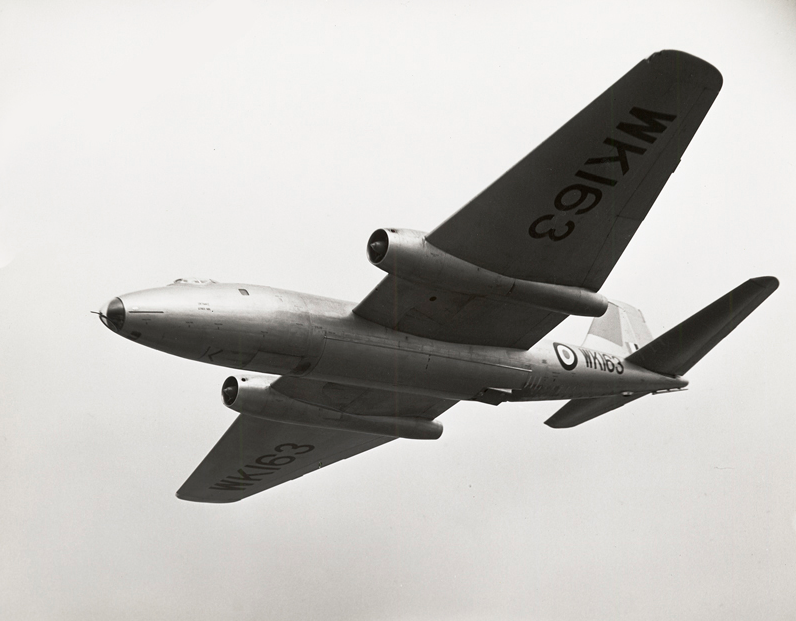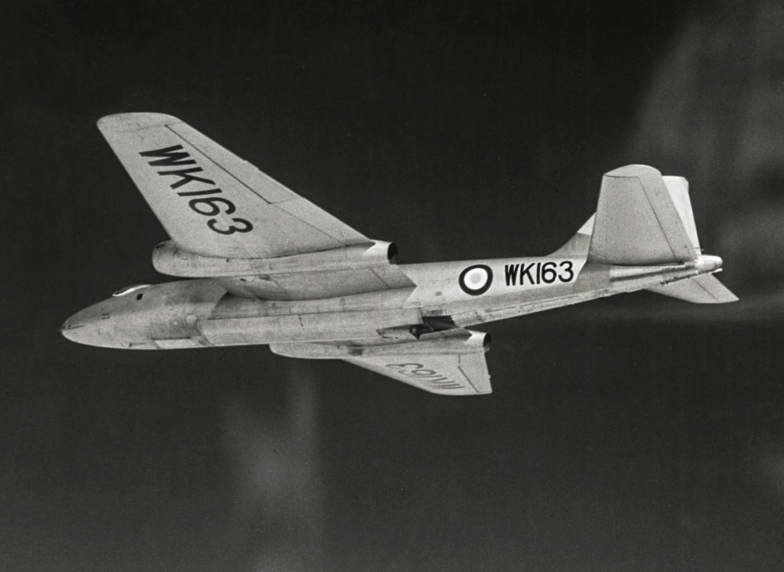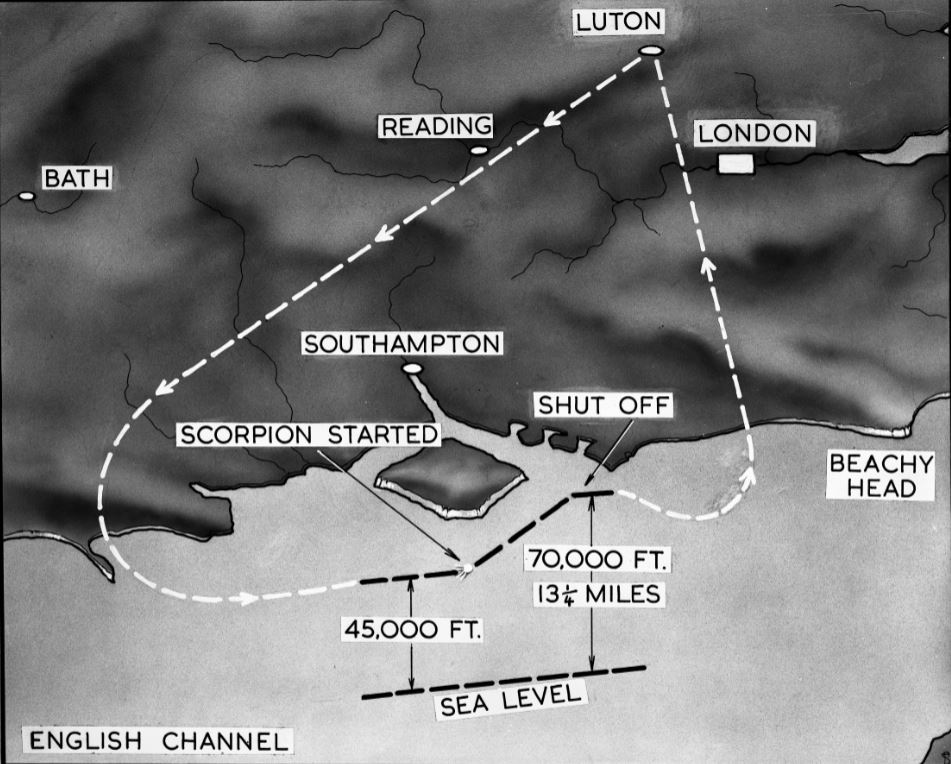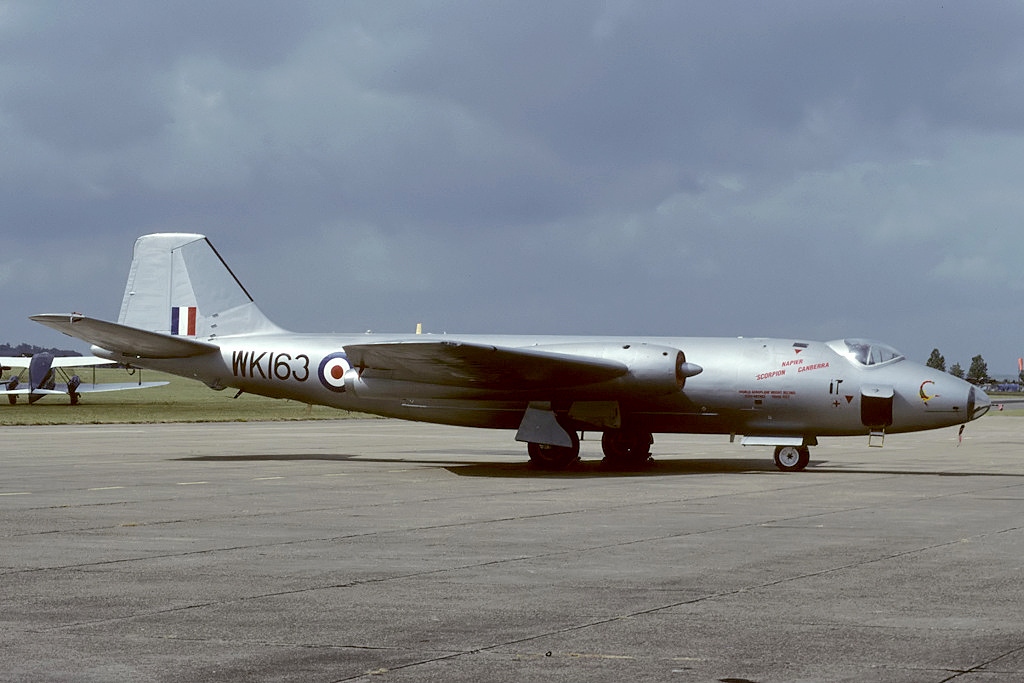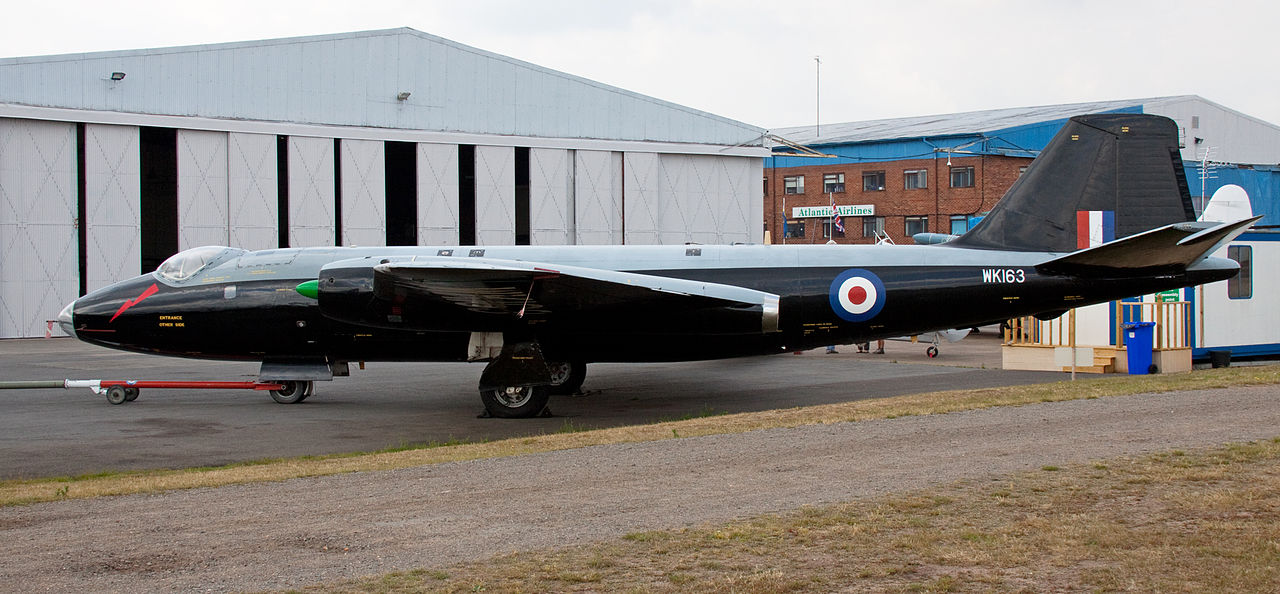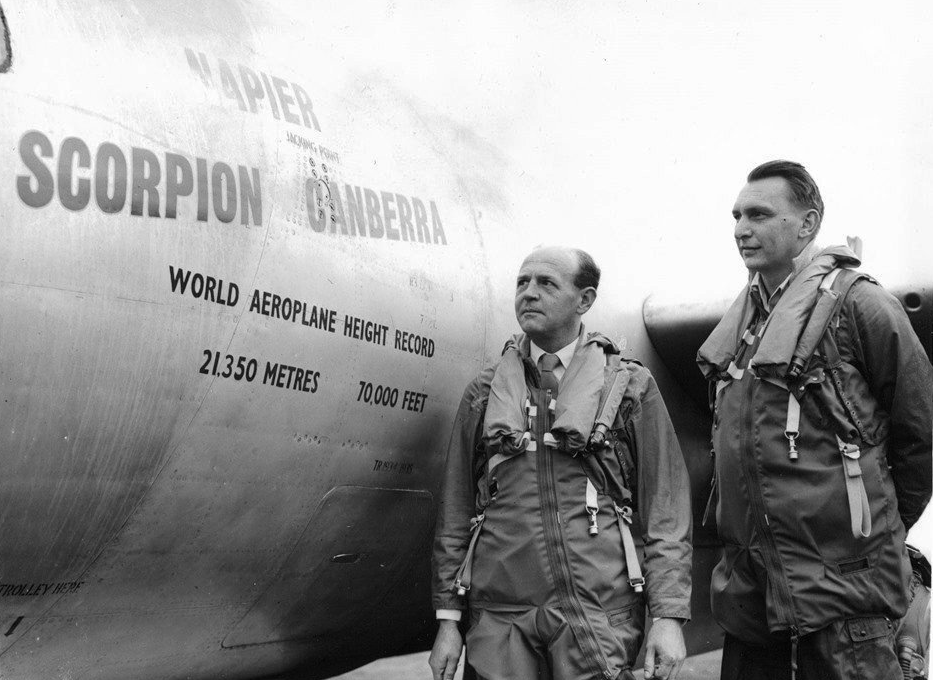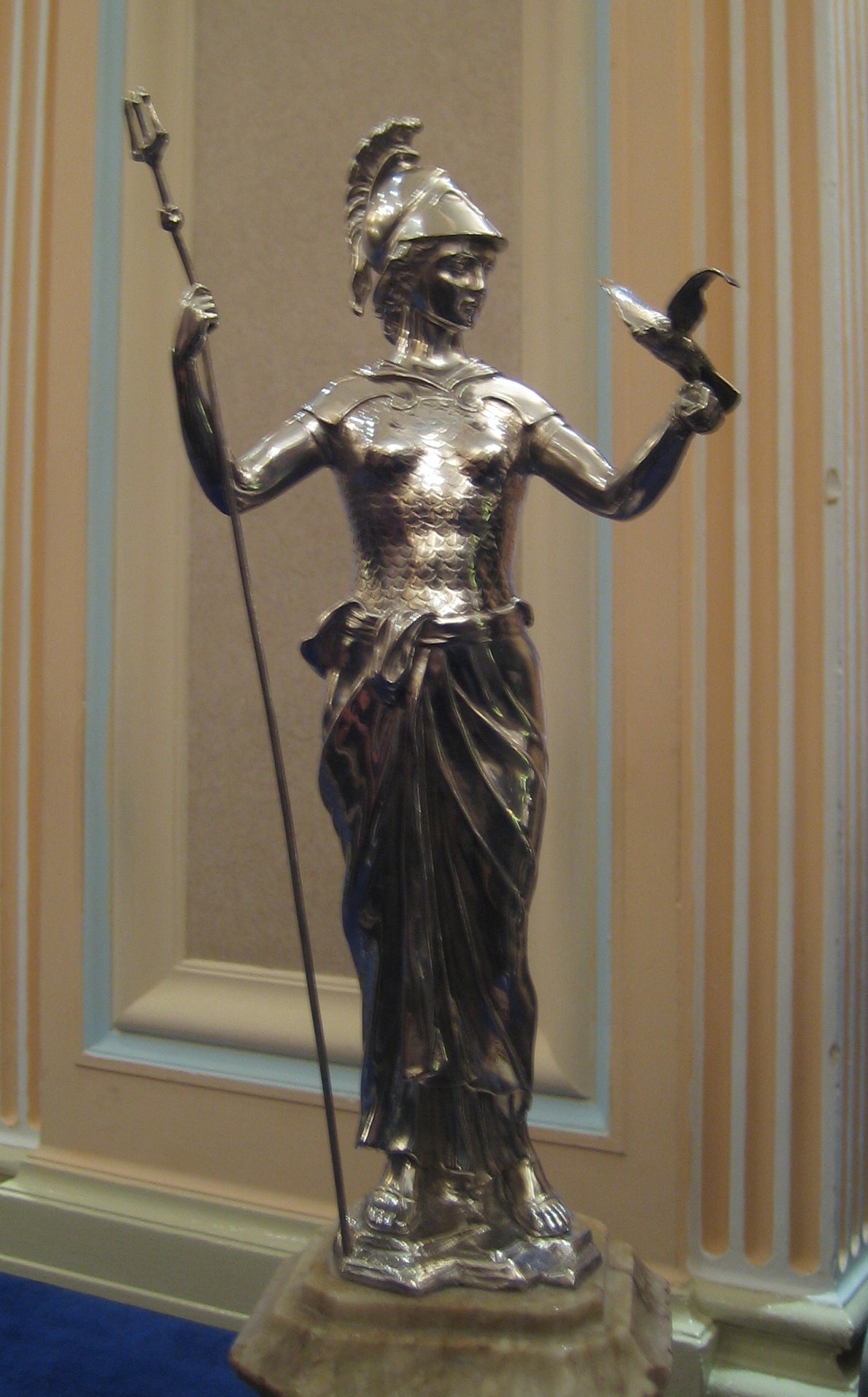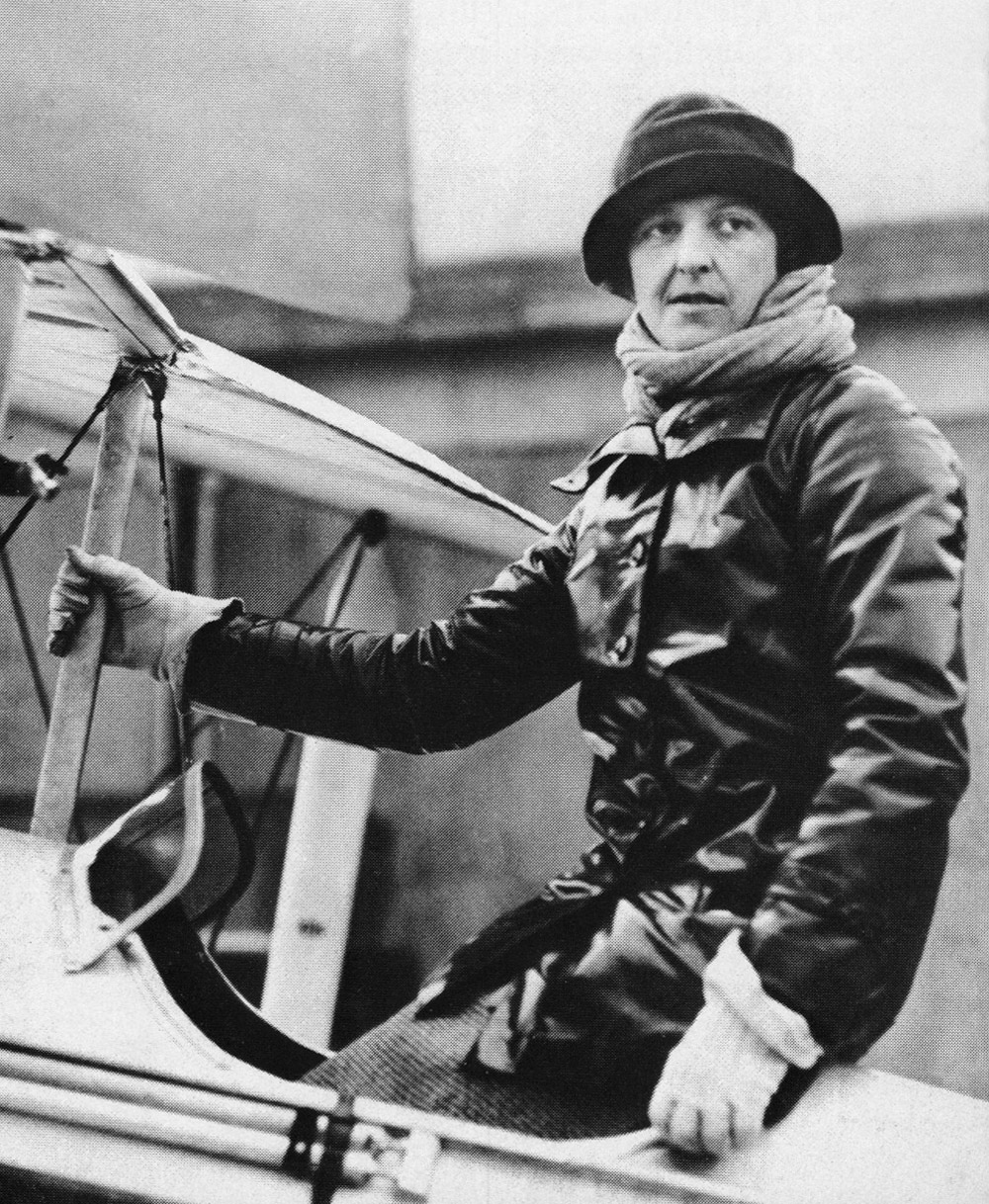
16 January 1929: After a 10-month, 18,000-mile (29,000-kilometer) solo flight from Croydon Aerodrome, London, England, to Cape Town, South Africa, Mary, Lady Bailey, arrived back at the Stag Lane Aerodrome at Edgeware, London, flying a de Havilland DH.60X Cirrus II Moth, G-EBTG.
A contemporary newspaper reported the event:
LADY BAILEY’S FLIGHT.
(British Official Wireless.)
LONDON, Jan. 16.
Lady Bailey landed at Croydon this afternoon in her De Havilland Moth aeroplane, thus completing a flight from London to Capetown and back. She was greeted at Croydon by a large and cheering crowd.
Lady Bailey is the first woman to fly from London to Capetown and back. She has made the longest flight ever accomplished by a woman, and her 18,000 miles journey is the longest solo flight by either a man or a woman. She is the first woman to have flown over the Congo and the Sahara.
The Royal Aeronautical Society, in congratulating Lady Bailey, pays tribute to her as one of the gallant pioneers of Aeronautics.
— The Sydney Morning Herald, No. 28,405. Friday, 18 January 1929, Page 13, Column 1.
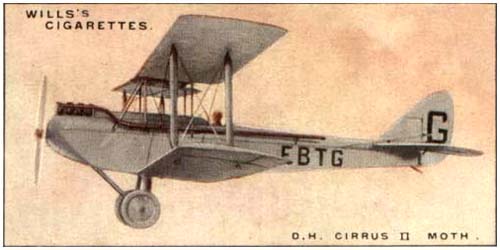
Flight offered the following commentary:
A Great Little Lady
Exactly how many miles she has covered during her long flight is difficult to estimate; nor is this necessary for a full appreciation of the merits of Lady Bailey’s flight from London through Africa to the Cape, around Africa and home again. The general press has made much of the fact that Lady Bailey’s flight is the longest ever accomplished by a woman, and the longest solo flight ever undertaken, thus establishing two “records.” To us that is of very minor importance. What matters is that an Englishwoman should have chosen to see Africa from the air, and should have been prepared to rely entirely on her own resourcefulness in making the tour. Everyone who knows Lady Bailey at all well realises that personal “advertisement” is the last thing she would desire; she is the most modest and unassuming of women. But her great achievement must unavoidably bring her into the “limelight.” From her point of view the whole thing resolved itself into this: She wanted to tour Africa; she was already a private owner-pilot. What more natural, then, than that she should make the tour by air? Only those who have a fairly good knowledge of Africa, with its variety of country and climate, can realise the sort of task Lady Bailey set herself. That she should have completed the tour, as far as Paris, there to be held up by fogs, is but the irony of fate, and is an experience which has befallen many air travelers. Her great flight was in any case a tour and not a spectacular “stunt” flight intended to break records, so we should not let the delay on the final stage be regarded as other than one of many incidents on a tour that must have been full of surprises and disappointments. Through tropical heat, in rain or snow, across mountains, deserts and seas, Lady Bailey carried on with a quiet determination which is, we like to think, a characteristic of our race, and her de Havilland “Moth” and “Cirrus” engine did not let her down. England is proud of the trio and its achievements.
— FLIGHT, The Aircraft Engineer & Airships, No. 1046. (No. 2. Vol. XXI.) 10 January 1929, at Page 20.
The Royal Aero Club (R.Ae.C.) awarded its Britannia Trophy for 1929 to Lady Bailey for the “most meritorious flight of the year.”
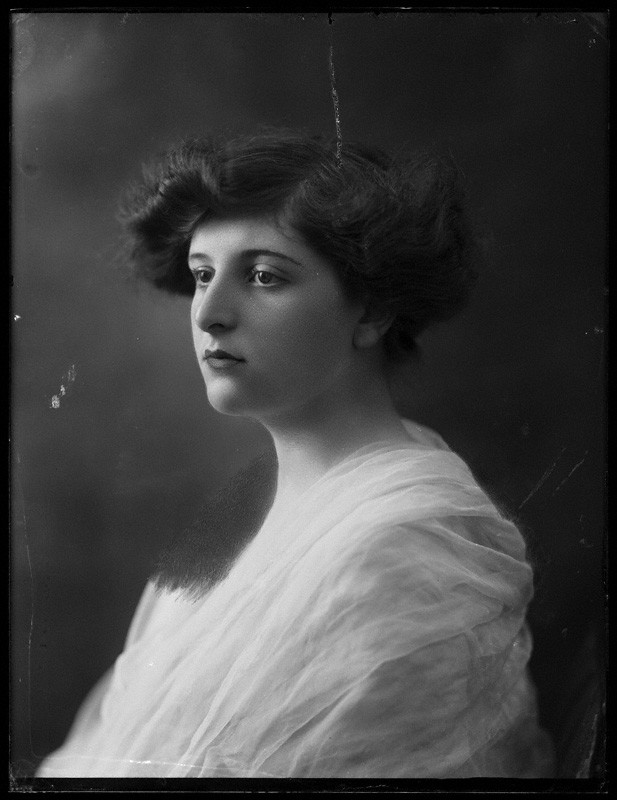
Lady Bailey was born The Hon. Mary Westenra, 1 December 1890, the daughter of the 5th Baron Rossmore. She married Colonel Sir Abe Bailey, 1st Bt., 5 September 1911 at the age of 20.
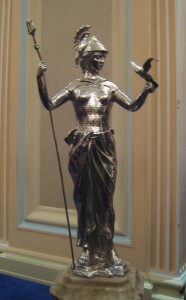
Soon after becoming a licensed pilot in early 1927 (Royal Aero Club Aviator’s Certificate 8067), she flew across the Irish Sea, the first woman to do so. She set a Fédération Aéronautique Internationale (FAI) World Record for Altitude, 5,268 meters (17,283 feet), 5 July 1927.¹ She set several long distance solo flight records, including an 8,000-mile flight from Croydon, South London, England, to Cape Town, South Africa, with her DH.60X Cirrus II Moth, G-EBSF, and an 10,000-mile return flight made with another DH.60 (after G-EBSF was damaged). These were the longest solo flight and the longest flight by a woman to that time.
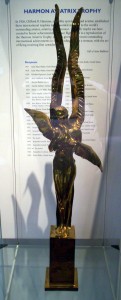
Lady Bailey was twice awarded the Harmon Trophy (1927, 1928). In 1930, she was invested Dame Commander of the Order of the British Empire. During World War II, The Hon. Dame Mary Bailey, D.B.E., served with the Women’s Auxiliary Air Force with the rank Section Officer, equivalent to a Royal Air Force sergeant.
Lady Mary died 29 July 1960 at the age of 70.
G-EBTG (s/n 469) was a de Havilland DH.60X Cirrus II Moth which had been sold to Lady Bailey by Commander Lionel Mansfield Robinson of Nairobi, Kenya, as a replacement for her own Moth, G-EBSF (s/n 415), which had been damaged at Tabora, Tanganyika, 4 October 1928.
G-EBTG was reconditioned by de Havilland’s and a more powerful engine was installed. The airplane changed ownership several times, and was finally written off as damaged beyond repair after a collision with a furniture van in 1938.
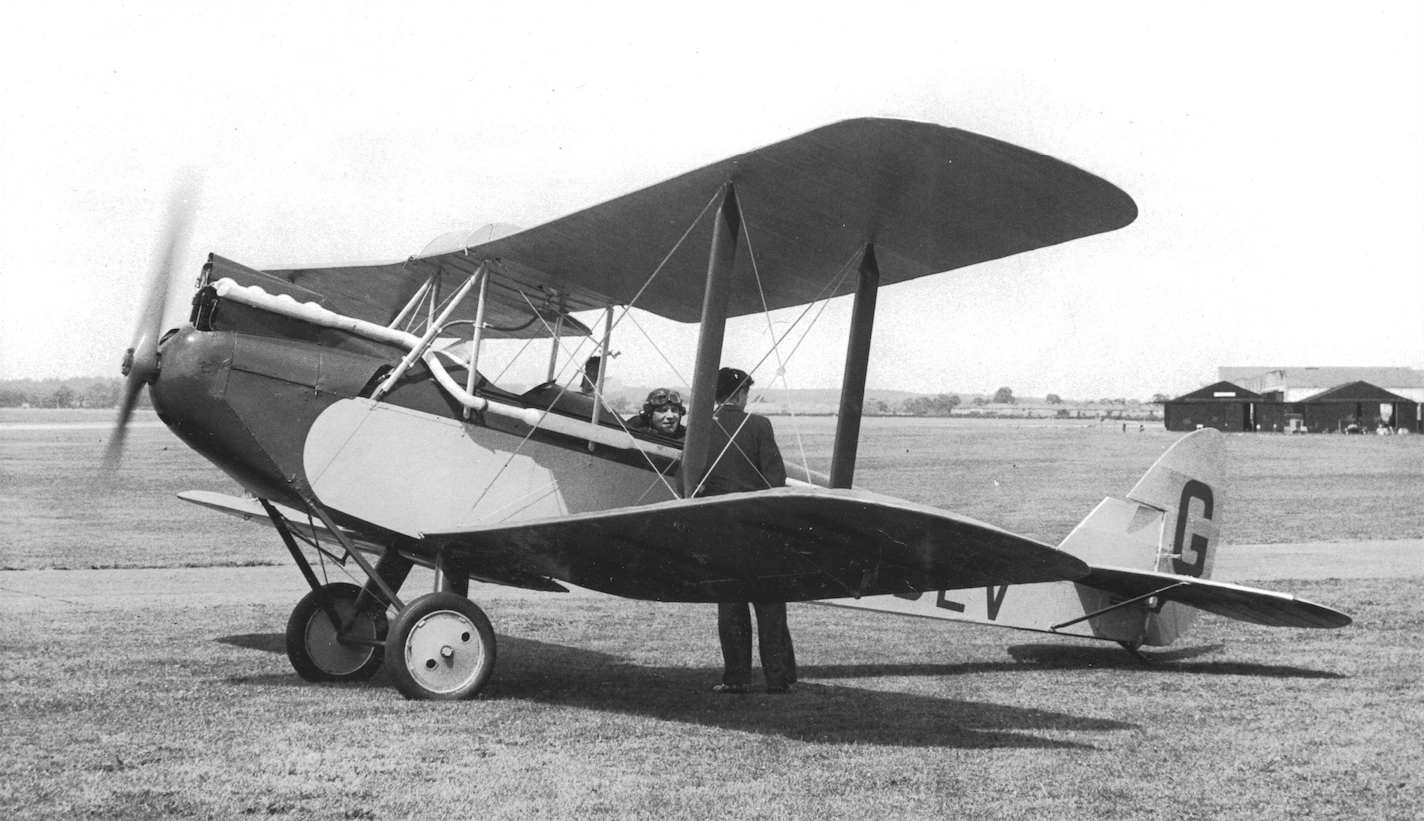
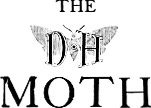 The de Havilland DH.60X Cirrus II Moth was a two-place, single-engine light biplane with a wooden airframe which was covered with plywood, with sheet metal panels around the engine. The wings and tail surfaces were fabric-covered, and the wings could be folded to fit inside a small hangar. The “X” in the type designation indicates that the airplane has a split-axle main landing gear, which forms an X when seen from the front of the airplane.
The de Havilland DH.60X Cirrus II Moth was a two-place, single-engine light biplane with a wooden airframe which was covered with plywood, with sheet metal panels around the engine. The wings and tail surfaces were fabric-covered, and the wings could be folded to fit inside a small hangar. The “X” in the type designation indicates that the airplane has a split-axle main landing gear, which forms an X when seen from the front of the airplane.
The DH.60X Cirrus II Moth (also referred to as the Moth Type X) was 23 feet, 8½ inches (7.226 meters) long with a wingspan of 30 feet, 0 inches (9.144 meters). Its height was 8 feet, 9½ inches (2.680 meters). The airplane was designed so that the wings could be folded parallel to the fuselage, giving it a width of 9 feet, 10 inches (2.997 meters). The wings had a chord of 4 feet, 4⅜ inches (1.330 meters). The vertical gap between the wings was 4 feet, 10 inches (1.473 meters) and lower wing was staggered 3 inches (7.62 centimeters) behind the upper. Both wings had 3.5° angle of incidence and 3.5° dihedral. There was no sweep. The airplane had an empty weight of 885 pounds (401 kilograms) and gross weight of 1,550 pounds (703 kilograms).
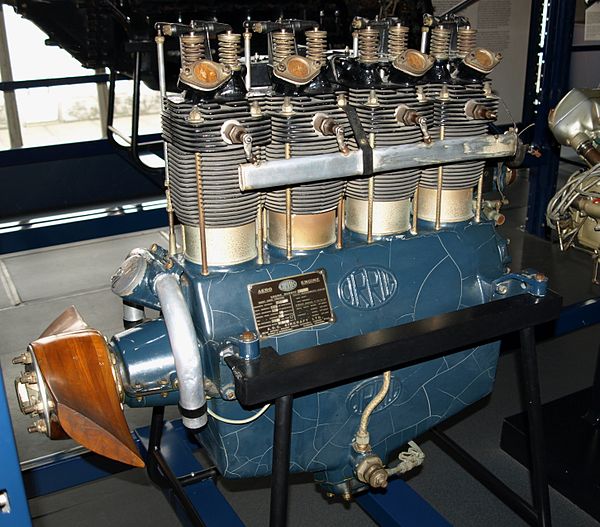
 The Cirrus II Moth was powered by an air-cooled, normally-aspirated 4.942 liter (301.563-cubic-inch-displacement) A.D.C. (Aircraft Disposal Corporation, Ltd.) Cirrus Mark II four-cylinder vertical inline engine. This was a right-hand tractor, direct-drive, overhead-valve engine with two valves per cylinder and a compression ratio of 4.9:1. It had a normal power rating of 78.5 horsepower at 1,800 r.p.m. and a maximum power rating of 84 horsepower at 2,000 r.p.m. The engine drove a two-bladed, fixed-pitch propeller. The Cirrus Mk.II was 1.165 meters (3 feet, 9.87 inches) long, 0.482 meters (1 foot, 6.98 inches) wide and 0.904 meters (2 feet, 11.59 inches) high. It weighed 268 pounds (121.56 kilograms).
The Cirrus II Moth was powered by an air-cooled, normally-aspirated 4.942 liter (301.563-cubic-inch-displacement) A.D.C. (Aircraft Disposal Corporation, Ltd.) Cirrus Mark II four-cylinder vertical inline engine. This was a right-hand tractor, direct-drive, overhead-valve engine with two valves per cylinder and a compression ratio of 4.9:1. It had a normal power rating of 78.5 horsepower at 1,800 r.p.m. and a maximum power rating of 84 horsepower at 2,000 r.p.m. The engine drove a two-bladed, fixed-pitch propeller. The Cirrus Mk.II was 1.165 meters (3 feet, 9.87 inches) long, 0.482 meters (1 foot, 6.98 inches) wide and 0.904 meters (2 feet, 11.59 inches) high. It weighed 268 pounds (121.56 kilograms).
The DH.60X Cirrus II Moth had a cruise speed of 80–85 miles per hour (129–137 kilometers per hour) at 1,000 feet (305 meters). Its maximum speed at Sea Level was 102 miles per hour (164 kilometers per hour), and 97 miles per hour (156 kilometers per hour) at 5,000 feet (1,524 meters). It could climb to 5,000 feet (1,524 meters) in 14 minutes, and to 10,000 feet (3,048 meters) in 37 minutes. Its absolute ceiling was 14,000–15,000 feet (4,267–4,572 meters). The airplane’s maximum range was 410 miles (660 kilometers).
In 1929, de Havilland offered the Moth Type X at a price of £650 (approximately £41,000, or $52,100, in 2019). The de Havilland Aircraft Co., Ltd., built 32 of the DH.60 Cirrus II Moth variant. Nearly 900 of all DH.60 Moth models were built at the company’s factory at Stag Lane, and another 90 were built under license in Australia, France, and the United States.
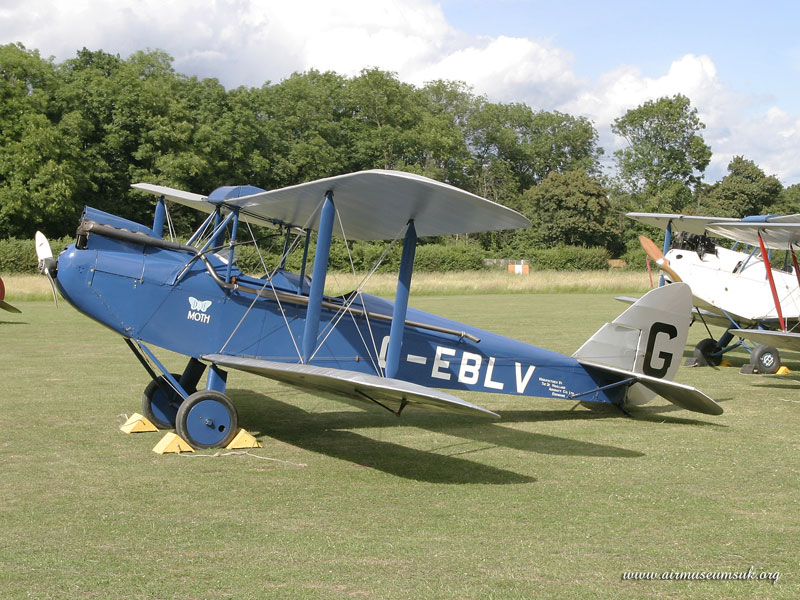
¹ FAI Record File Number 8221
© 2019, Bryan R. Swopes
